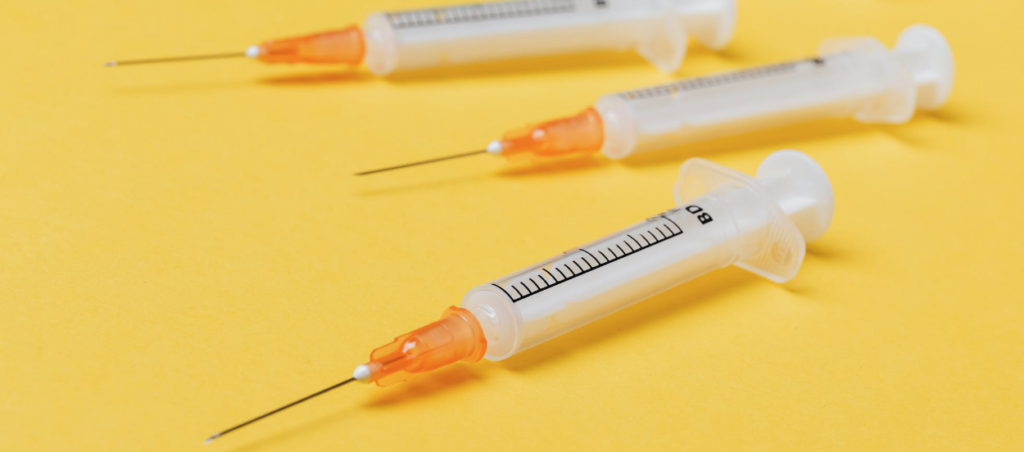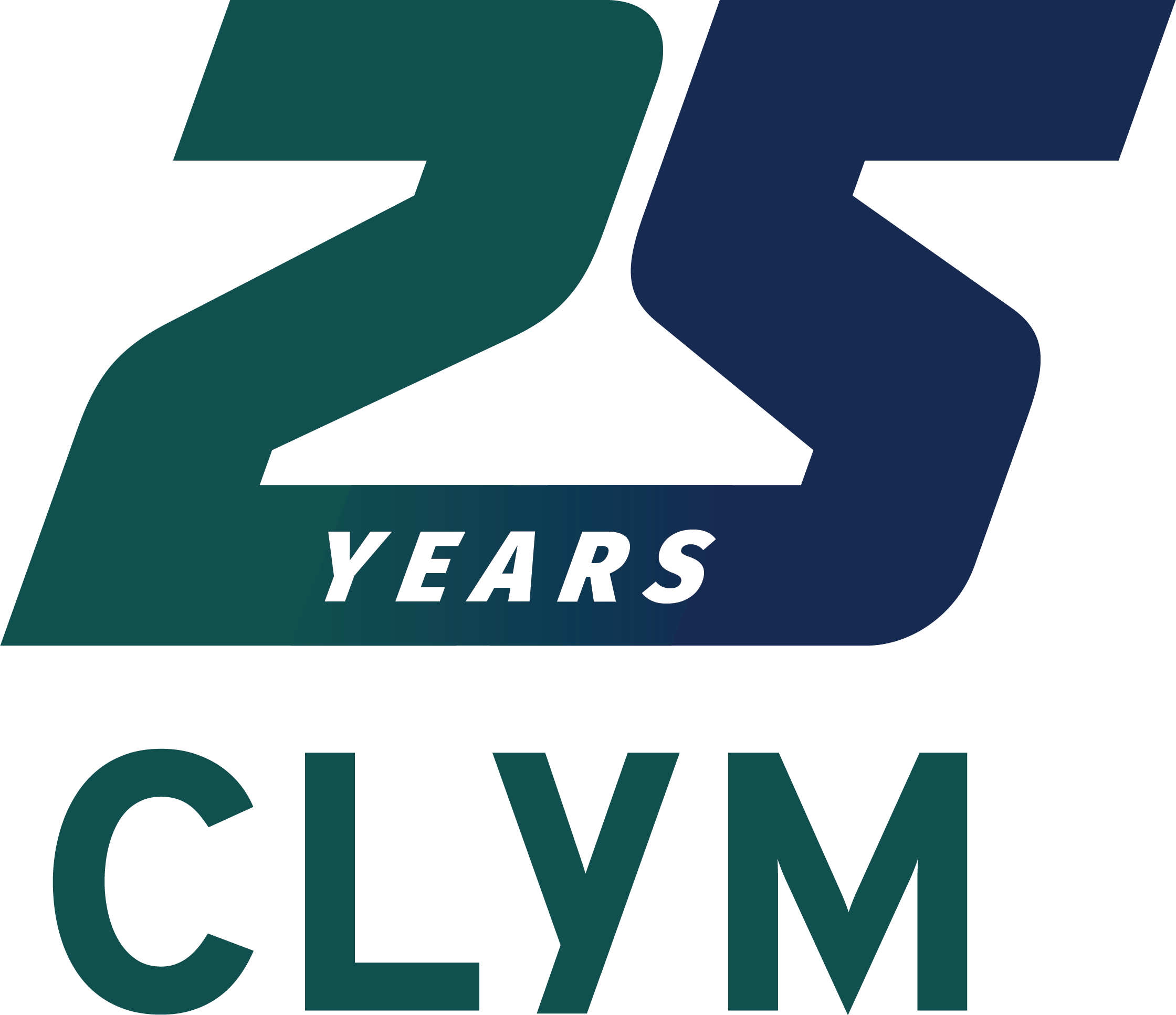
It’s hard to imagine, but a recent study showed that US hospitals generate nearly 6 million tons of medical waste annually. Simply handling that volume of trash would be an enormous and costly challenge; disposing of trash that is hazardous or potentially hazardous in a safe and compliant way adds an entirely new dimension to the process.
Like the old expression says, an ounce of prevention is worth a pound of cure. So rather than trying to find less costly ways of treating and disposing of medical waste, a more forward-thinking, sustainable approach to reducing disposal costs starts with reducing the amount of medical waste that a healthcare facility generates.
Let’s start the discussion about what the healthcare industry can do to lower the cost of medical waste disposal by looking at ways to reduce the amount of potentially hazardous material generated:
Investigate Reusable Products
Predictably, reusable products will cut down significantly on the amount of medical waste produced. Regulations regarding which products can be reused vary widely among Individual manufacturers and states, but there are some that regularly qualify for reuse. Some stainless steel and metal instruments can be disinfected and used more than once. Sharps containers can also be thoroughly cleaned and sanitized for reuse. A reliable medical waste vendor can refer you to any applicable laws pertaining to the reuse of medical equipment.
Create Separate Waste Containers
Most hospitals and health care facilities have several types of medical waste containers. Separating biomedical waste by physical form first, and further separating it into categories will help your medical waste disposal company isolate, manage, and dispose of everything more efficiently. Designate which type of waste goes into each container using the accepted color-coding system:
● Red Sharps Containers: Needles, razors, blades, and other similar objects.
● Red-Lined Waste: Biohazardous materials including IV tubing, blood products, and infectious waste.
● Yellow Containers: Trace chemo products such as empty needle syringes and needles, wipes, gowns, and gloves. (Important: Radioactive material should be marked with a radioactive symbol and stored in a separate, shielded container.)
● Blue Containers: Prescription drugs and other pharmaceuticals.
● Black Medical Waste Containers: Bulk chemo products and hazardous medications.
To avoid any confusion about what to dispose of in which color container, mark containers with labels that are clearly visible.
Keep in mind that most people don’t know the difference between a regular trash bin and a medical waste container. Clearly labeled, color-coded containers may help keep non-medical staff and visitors from filling specialized containers with regular garbage, but you need to do more.
To keep others from accidentally filling up medical waste containers with candy wrappers and coffee cups, be sure to keep all medical containers in a safe and secure location out of reach of everyone except medical professionals.
Understanding the Steps of Medical Waste Disposal
Knowing the steps needed for efficient waste disposal can help you identify areas of improvement. Here is a short breakdown of the steps your healthcare facility should take when disposing of medical and biohazardous waste:
Collect and Segregate
Collecting and segregating different types of medical waste is the most important thing you can do to cut down on the costs of medical waste disposal. Designate specific containers that are color-coded and clearly labeled. When regular garbage gets thrown away with medical waste, both become contaminated.
Transport and Store
Designate a place to store medical waste that is safe (away from food preparation and consumption areas) and secure. Equip it with a refrigerator and freezer in case some of the medical waste requires refrigeration. Direct staff who transport medical waste to wear protective gear and observe all safety guidelines and protocols strictly.
Treat
Medical waste must be treated appropriately before disposal. Options include:
○ Ozone: The most environmentally friendly means of disposing pathological, trace chemo and residual pharmaceutical wastes
○ Incineration: Used for pathological and pharmaceutical waste.
○ Thermal: Used for infectious waste and sharps but never for pharmaceutical waste; also known as autoclaving.
○ Chemical: Used for chemical and liquid waste.
○ Biological: Used for disposing of toxic medical waste. This is a new technology still under development.
○ Irradiative: Used for sharps and infectious waste; similar to thermal processing. Also known as microwave treatment.
Treatment of medical waste can involve shredding, sterilizing, and compacting according to federal and state regulations. Be sure the medical waste disposal company you partner with provides these services in a safe, compliant way.
Disposal
After careful collection, segregation, and treatment, most solid medical waste can safely be disposed of in municipal landfills. The most common ways to dispose of liquid medical waste involves collecting these fluids in leak-proof containers and using chemical treatment to prepare liquids for disposal in a sanitary sewer system.
Conduct Process Improvement Audits
Regular audits are one of the most important things you can do to ensure that patients, staff, and others are disposing of waste properly. Your facility should have a Medical Disposal Plan that everyone knows and follows. This will help reduce the amount of regular waste being improperly disposed of, but more importantly, it will protect and ensure the health and safety of both staff and patients.
Get Value from your Medical Waste Services Provider
Expect your vendor to assist with the collection, treatment, and disposal of things like prescription meds, trace chemo and radioactive materials, sharps, and items contaminated by blood and bodily fluids, but look for companies that offer value-added services as well. Do they offer HIPAA-compliant shredding and/or OSHA compliance and training programs for your employees? Select a full-service company that can manage the compliant disposal of medical waste while offering you an additional layer of safety at a reasonable price.
Safe, compliant medical waste disposal is important for every healthcare facility. Choosing an experienced partner that understands local, state, and federal laws and regulations, and can advise you on the best ways to reduce the waste your facility generates, is the most effective way to lower the cost of this important responsibility without compromising safety or service quality.
